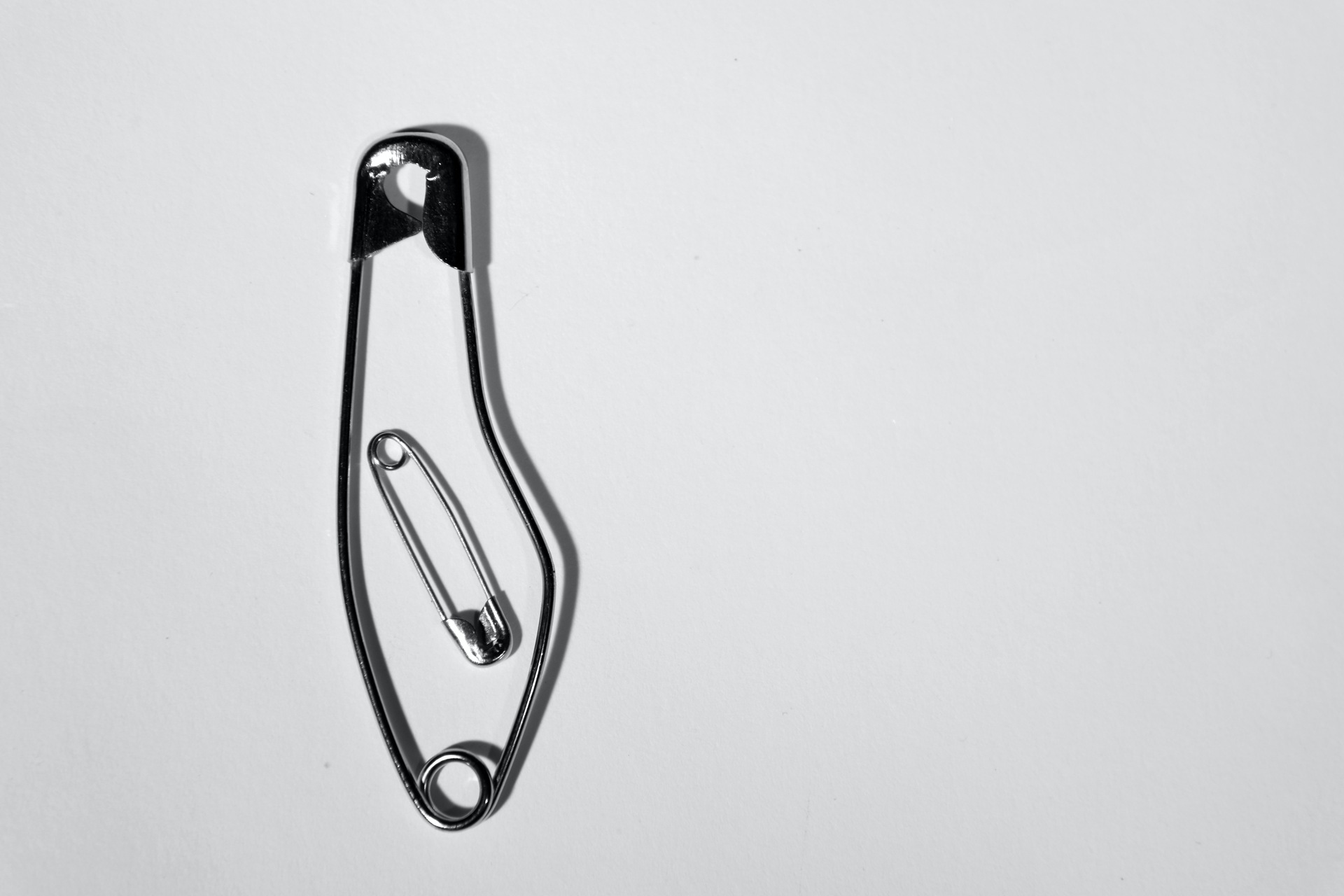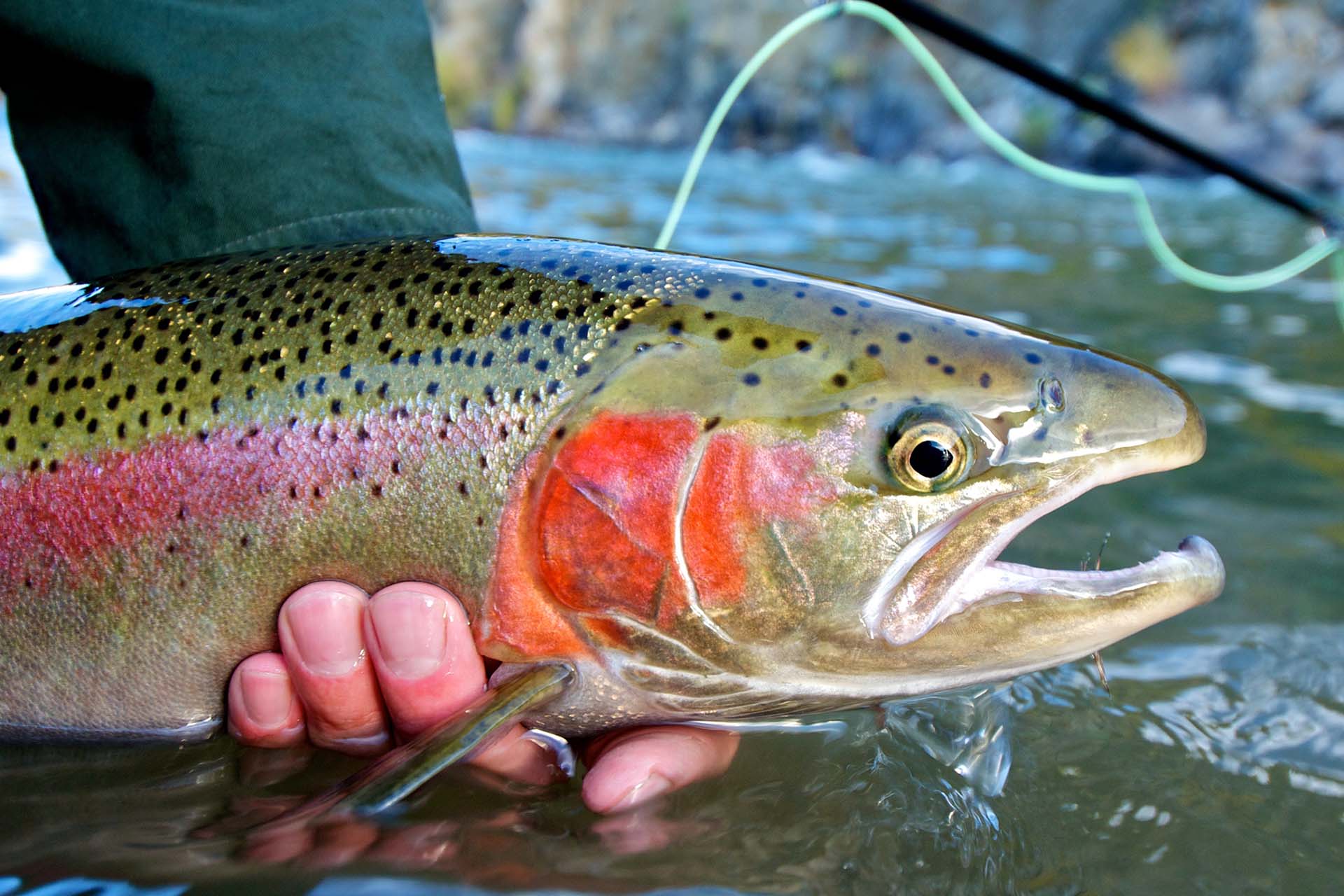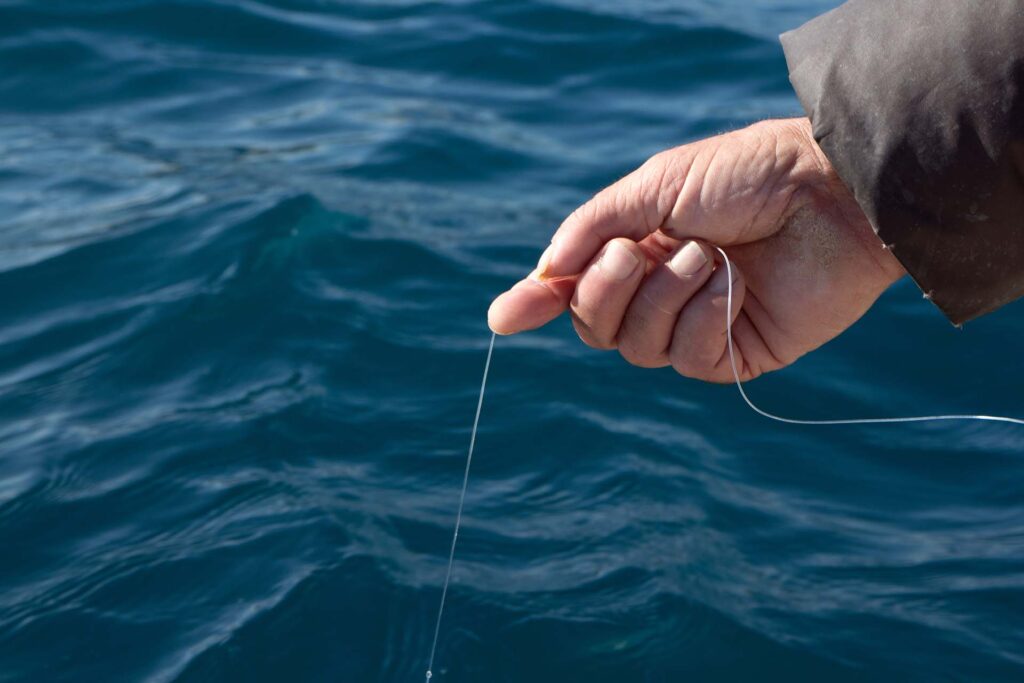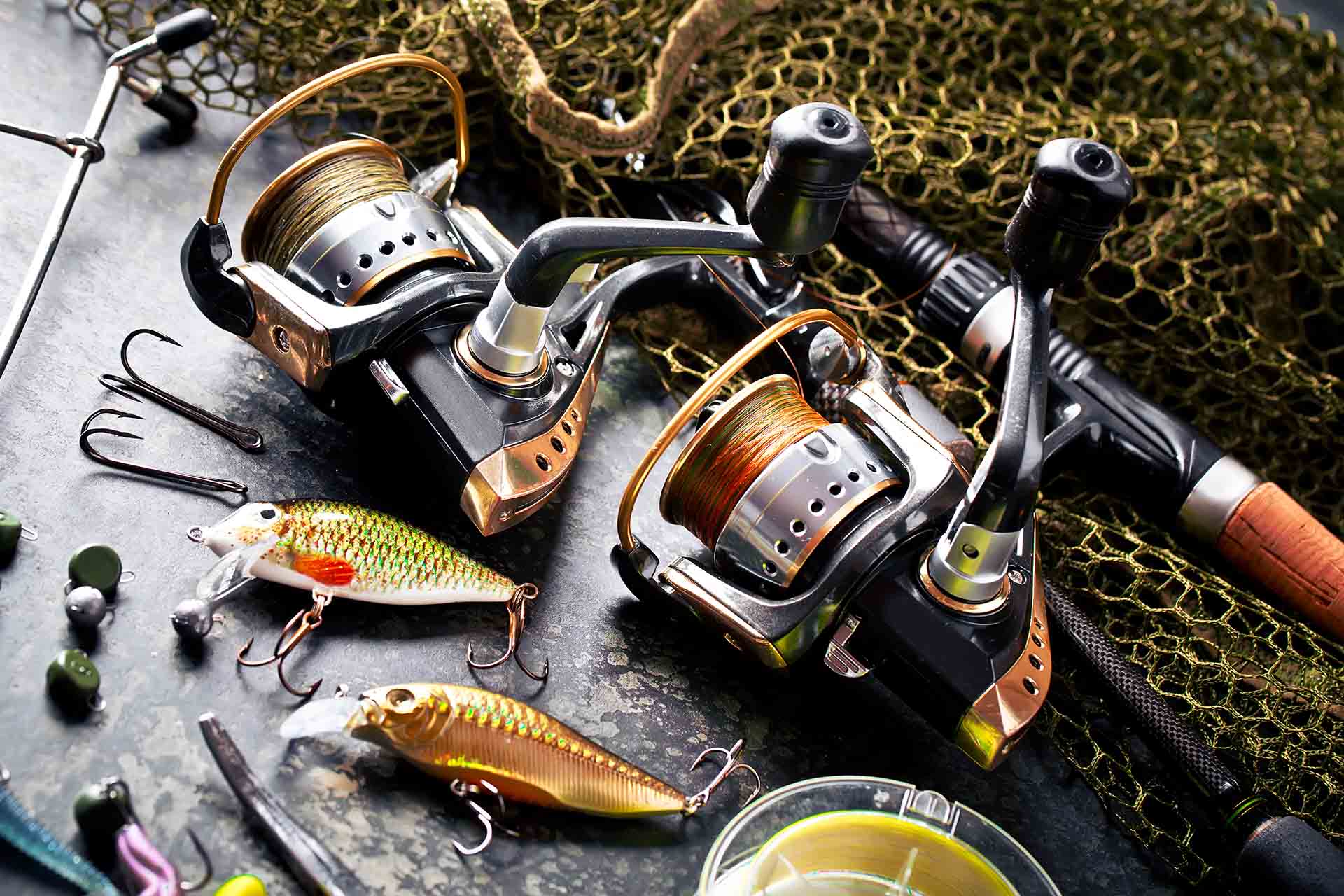Are you preparing for the off chance of being stranded in the wilderness without your trusty rod and reel? Or you’re simply interested in different survival methods? No matter the reason, when it comes to survival skills, knowing how to make a fish hook from the materials you have lying around is essential. Here are a few fun methods that will definitely get both you and the fish hooked!
There are a couple of ways you can go about making a fish hook from scratch. There are the old-fashioned gorge hooks that humans have been making for thousands of years from the material they could find in their natural environment. Or you could reuse things such as soda cans or safety pins and make fishing hooks out of them. No matter what you go for, it’ll take some skill and patience to get the hang of it, but once you do, a whole fishing frenzy is awaiting.
There Are Many Types of Fishing Hooks, Depending on What You’re Planning to Catch
People have been fishing for thousands of years, and in that time, the tools and techniques behind the whole ordeal have advanced immensely. Nowadays, you can find a great variety of different fishing hooks at any outdoor or camping store that has a fishing gear section.
Here Are the Most Common Types of Fishing Hooks
Before we start threading the waters of DIY survival fishing methods, it’s good to know some of the most common types of hooks used today. That’s because all of them developed from these simple, primitive methods can still come in handy, even thousands of years later.
Generally, fishing hooks are split into different categories depending on what type of water they’re used for and which types of fish they are meant to catch. Within such broad categories, there is a wide range of fishing hooks and corresponding types of fishing. Compared to primitive techniques, all of them are super so-fish-ticated. Here are some of the most common types of hooks:
| Type of Fishing Hook | Optimal Use |
|---|---|
| Bait Holder | With worms and insects to catch any type of fish |
| Worm | Fishing with plastic worms |
| Jig | Fly fishing method with a light-weight lure |
| Circle | Great for the catch-and-release practice |
| Weedless | Specifically for bass in lakes and ponds |
| Treble | Good for most scenarios, except heavily vegetated waters |
| Siwash | Replacement for weedless hooks and easier to remove |
| Octopus | Best for hooking a leech |
| Aberdeen | Mostly used for catching salmon |
| Kahle | Great for active fishing practices |
Stranded Beside a Stream or Lake Without Any Gear? Don’t Worry – There Are Plenty of Methods to Try Out
Seems like getting stranded in the middle of nowhere only happens in the movies these days. While it doesn’t seem that likely, going deep into the woods only to figure out you forgot to bring some of your fishing gear seems much more plausible.
Lounging on the shore of a lake or stream full of fish but not having the means to catch some food seems like torture, so it’s good to know a thing or two about improvising a fish hook from materials that can be found lying around.
Fishing Has Been the Main Survival Skill for Thousands of Years
When it comes to living off the grid, every outdoor enthusiast knows that the most important thing is to find a reliable source of food. And when you need to improvise, the best course of action is to turn to our predecessors and learn the primitive ways of making fishing gear. The materials are easy to find, and you don’t need any special equipment to do it – with some skill and patience, you’ll start catching delicious fish in no time.

Gorge Hooks Are the Oldest Type of Fishing Hooks – It’s an Easy DIY Method You Could Try Out in the Wild
The earliest known examples of fishing hooks date all the way back to the Neolithic Age and are found at an archeological site on the eastern part of the Timor-Leste island. These are simple hooks made from sharp pieces of bone, timber, or stone, and since they lodge inside the fish’s throat, these types of hooks are referred to as gorge hooks.
Thousands of years ago, gorge hooks were the most common way of angling for survival. Today, they are still highly effective fishing hooks and quite easy to make. All you need is a few natural materials and a bit of skill.
The Ends of Different Materials Can Be Sharpened, so They Get Stuck Inside the Fish’s Throat
The basic premise behind a gorge hook is a sharpened piece of bone, wood, or stone, which can effectively hook a fish by lodging into its soft innards or the gullet. It works for most of them – catfish, panfish, trout, and bass can become quite an easy catch. Obviously, it’s not something you can use for catch-and-release activities, as it will severely damage the fish’s internal organs. I’m talking about survival skills, after all.

It Takes Some Patience to Get the Hang of It, but You’ll Be Catching Fish in No Time
The method of using gorge hooks is straightforward, but it takes some time to get used to it. These hooks work well with fixed lines but can be used for active fishing as well. About 10 to 15 feet of the fishing line needs to be given out, and there’s no quick response to tugging. Quite the contrary – you have to wait about 30 seconds before gently retrieving the line.
You’ll also need a net or basket in order to take out the fish from the stream or pond, as it might throw the gorge hook if you try to lift it by itself. Once you’ve got your catch, tear the fish from the hook and re-bait if needed, and do the whole thing all over again. There are three types of gorge hooks, and all of them are used with the same method described above. Here are the different types:
How to Make a Fish Hook From Cans – Catching Dinner and Reusing Things at the Same Time
While our predecessors certainly didn’t have metal soda cans lying around, the harsh reality of today is that you can find trash almost anywhere you go, especially washed up on the shore. So, why not make use of it to catch some delicious fish? Who knows, maybe you’ll find this method of hooking fish so simple and convenient you’ll start saving the tabs from the cans of beer and soda you drink.
Making a Hook From the Tab of a Soda Can Is One of the Simpler Ways to Do It
Reusing the tabs from soda cans and simply modifying them into fish hooks is one of the easiest methods that will take you only a few minutes to make. You can go completely survival mode and improvise with stone and other things you find lying around, or you can make it easier on yourself by having these tools on hand:
- Tabs from soda or beer cans,
- A wire cutter or other tools for cutting through metal,
- A file used for shaping hard material.
Here Are the Steps You Need to Take to Make a Fishing Hook Out of a Soda Can Tab
First things first, you need to separate the tab from the rest of the soda can, and the best way to do this is to twist it until it’s ready to be easily pulled off. Using a wire cutter or a knife, you should cut a small section on the bottom so one of the circles becomes open and shaped into a hook. For the most effective fishing hook, you should create a slanted cut and file it down, so it’s very sharp.
Once you’ve made the cut, you should also file down unwanted sharp edges so that the fishing line doesn’t get cut on them, and you don’t end up with unwanted injuries and cuts. Tie a fishing line onto the top of the modified tab, bait the hook, and by using the method of fly fishing, get yourself a catch. Be sure to carefully remove the hook once you’re done and not end up with a stuck finger.

Instead of Tabs From Soda Cans, You Can Use Zippers or Safety-Pins
The rest of the methods I’ll discuss are pretty similar to the soda can one. Basically, you can use a tab from a zipper instead. Jackets, backpacks, and other camping equipment usually come with a fair amount of zippers, and you can use them to your advantage.
Remove a tab from the zipper and carefully bend it so that you can sharpen one end with a stone or a file. Using the same technique as the one with soda cans, you’ll get yourself a hook in just a few minutes. The only thing left to do is tie on a fishing line, add some bait, and wait for the fish to bite.
Safety Pins Will Save You a Lot of Trouble if You Have a Few of Them on Hand
Unlike tabs from zippers and soda cans, safety pins will save you the time of reshaping them into a hook because they’re basically already there. Just by opening it and slightly bending the pointy end, you have a fish hook ready. With the line secured and bait attached, you’re ready to try and catch some fish.

Everyone Should Know Some Survival Skills, and Fishing Is Definitely One of Them
Now that you know the most e-fish-ent ways of making a fish hook from scratch, congratulations! You have one of the essential survival skills, and you surely won’t go hungry on the off chance of getting stranded in the middle of nowhere. The most important thing is to remember that adaptability and creativity are the keys to surviving out in the cold, unforgiving wilderness.







